I attended a NASA HyperWall Event which focused on earth’s observation satellites! There are many many things scientists can take and learn from the satellite’s data and pictures. They can put composite pictures together to see all of earth at night with the lights reflecting back, which is one of the best ways to illustrate human geography.
Also, the satellites can measure clouds, storms, and, temperatures as well as events such as the destruction of forests by natural occurrences, such as wildfires, and by humans through deforestation (the 1988 yellow stone fire was captured by the satellites). At the talk there was one screen of forest fires that was taken through the satellites thermal sensor. It could be seen that during different season there were more fires than others, most likely due to farming practices and lightening.
As well they can track the ice at the poles. There were pictures of the Arctic ice and Antarctic ice shelf showing the fluctuations overtime and the overall decrease of the area of ice. These areas are hard for humans to get to and monitor themselves so satellites are very useful and full of valuable data that we
otherwise would not be able to get. For example, because of the satellites we know that 99% of America’s glaciers are shrinking.
There have been satellites tasking imagery since 1972. They are meant to last 5 years and cost around 9 hundred million dollars! Not only can these machines monitor and take valuable data they can also capture amazing photographs of the Earth. (Temperature of the surface of the ocean left and Siberian River Delta right).
Tuesday was Gender Day at COP18. I went to a talk, Gender and Climate: Moving beyond the Rhetoric , where the panel was filled with all very intelligent influential women that held powerful leadership positions! The lady speakers included (pictured from the top left to right): Ms. Christiana Figueres, UNFCCC Executive Secretary H.E. Sheikha Mayassa bint Hamad Al-Thani, Chairperson of the Board of Trustees - Qatar Museums Authority Ms. Mary Robinson, Former President of Ireland, President, Mary Robinson Foundation – Climate Justice Ms. Maite Nkoana-Mashabane, Minister of International Relations and Co-operation of the Republic of South Africa Ms. Elena Manaenkova, Assistant Secretary General of the World Meteorological Organization Ms. Julia Marton-Lefèvre, Director-General of the International Union for Conservation of Nature Ms. Nawal Al-Hosany, Director of Sustainability, Masdar All of these women were able to rise above, take leadership positions, and make an impact on their part of the world for the better. These women spoke of how they think women should and can move beyond rhetoric (practical action). They gave examples of their experiences and spoke from their hearts motivating and encouraging the women in the audience. They talked about why still in the 21st century we are still dealing with gender issues at the conference ( 90% of the chief negotiators are men). What is holding women back? And how can women try to move forward into leadership roles so there is a balance? These women all agreed that women need to have great role models. These women are some of the best I have seen (besides my mom). They also said that at an early age women need to be allowed to choose any course in their education and encouraged to do so. Women should have a supportive framework behind and should be challenged and motivated. Women will rise and are empowered by challenge. And this reminds of an article called Solar Mama Shines as Beacon of Hope for Her Community’s Future that I read recently. This article was about an amazing woman, Rafea Anadi, in the film Solar Mamas. She made a journey to Barefoot College in India to be trained in 6 month program to become a solar engineer. This was a program was created by Bunker Roy for illiterate and semi-literate grandmothers from remote villages. Knowledge during the program was transferred by using sign language, repetition, and visual aids because many of the women also did not speak the same language as the instructors. The plan was to teach these women so they could take the knowledge back to homes and they did that and more. In the articles states “Ms. Anandi was also trained in the installation of solar cookers and water harvesting technology, making the town even more independent and sustainable” (1). These women were able to bring much back to their communities that will have long last effects because their knowledge will be able to be passed from generation to generation. These women rose to the challenge and became leaders in their communities and became inspirations to us. 1) http://www.cop18.qa/en-us/News/SingleStory.aspx?ID=158*and pictures thanks to google images
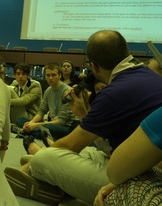 The second youth event that I attended was a YOUNGO meeting on Tuesday in the early morning (YOUNGO is the official youth constituency at the United Nations Framework Convention on Climate Change). The meeting started off with the childhood game of Rock, Paper, Scissor. Simple, right? Rock beats scissors, scissors beats paper, and paper beats rock. Well that wasn’t the hard part, everyone knew those rules but there was difficulty getting to that, the who wins part. In certain areas of the world, I learned that they say scissor paper rock shoot or 1 2 3 shoot instead of how I grew up with it (rock paper scissor shoot). I wasn’ t the only one confused though. There were young men and women all over the room saying rock and when the other was saying scissor. There were lots of “redos” going on but soon enough there was better communication and the games went smoothly. After we had one final winner we sat down in a circle or rather spokes wheel. In the first row of the circle/wheel a head delegate, who was chosen by the youth group to represent them as a whole, sat. Then behind him or her the other group members were filled in. Before the meeting began we went of some hand gestures that would let others know what we were thinking about their comments. For example, twinkle hands up high meant you thought what they were talking about was a good point/idea and agreed with them, making a “C” with your hand meant you would like a point clarified, and making a triangle with your hands meant you have a comment about the process of the statement or the meeting in general. Then we moved on to the agenda for the meeting. There a few agenda points they wanted to cover. The first point was made by a youth group and was a proposal about getting the support of YOUNGO to be able approach the negotiators and get signature for petitions. This proposal was made because right now, youth access groups (like the many at the meeting), cannot physically get signatures because they are not accredited. So a vote was taken for this proposal after some comments as well as questions and answers regarding the topic stated. There were thumbs up given by most of the youth group lead delegates so proposal passed and therefore would become a goal for YOUNGO in the future. The next thing on the agenda was a brief discussion of ClimateLegacy by the youth group SustainUS. They want to think of a way to show a human face of climate change. Any ideas? Also mentioned at the meeting was that the youth is making progress. They have the first ever youth day at the COP, which is on Thursday. To learn more about YOUNGO and what the youth is doing about climate change please visit http://youthclimate.org/
 I attended my first youth meeting on Monday afternoon. There were young men and women from many different cultures gathered together in Meeting Room 8.1. While we sat in a circle waiting for Christiana Figueres, the Executive Secretary of the UN Framework Convention on Climate Change, to join us, chatter of all different languages filled the room. It was a bit overwhelming listening to so many different dialects at the same time and then the room got quite and clapping began. Christiana Figueres had walked through the door. She sat down on the floor with us. The youth were able to ask her any questions they and their groups wanted. She answered them easily until she got to the last one. She said she gets the same difficult question every year: How can the youth move forward, pave a pathway, and have more of a voice? She said this is one of the hardest ones; she doesn't know the correct answer because there so many rules and regulations in the legislation of the UN not allowing youths to do certain things. For example, youths under the age of 18 are not allowed to attend the conference and since COP was designed as a strict intergovernmental process, youth end up not being able to have much of a voice. She said she instead wants to encourage us to continue what we are doing, to fight for a voice and to share with each other, at the conference as well as with everyone when we get back home. She said she would like to see us, the youth, to continue and not give up sowing the seeds to take over decisions rather than the process itself. This means at COP, but even more so at home. WE need to take the messages, ideas, facts, and hope back home, to all the different corners of the world we come from (my corner is thousands of away from here in Pennsylvania). We can make a difference without really knowing it. We need to motivate people now more than ever because if we don’t who will?
At the end she said something that really let us know she believes in us. She said in her future she hopes to see us at the negotiation tables helping to make the decisions.
Today, right before the Youth meeting started, I was approached by a young woman who kindly asked if she could ask me a question. Of course I said yes. She wanted to know how I thought we could communicate better about climate change. I didn’t answer for a moment because I was thinking about what I had talked about previously in my classes as well as with my colleagues. Then I answered her. I said I think we need to try something different. We can no long just rely on the normal ways of communication for this topic. People do not read enough or care enough right now to read about climate change. We need to be able to put the messages out in a different way. Maybe art or music could grab the attention of someone, especially the younger generations, and make them think about what they just saw or heard.
This reminded me of a paper I wrote for my Independent Study with Dr. Husic. It was about environmental writings through the ages and at the end she asked me to try to answer a question for my final paper. The question was very close to the one the woman today asked me but instead of just being about climate change, Dr. Husic, asked about environmental communication of the 21st century in general and how we could convey the problems, ideas, and solutions better. Here is a small excerpt from my 10 page paper about art: People say picture are worth a thousand words right? So if pictures and paintings were created relating to issues, such as pollution, population, contamination, and climate change, then maybe people would stop, take a glance, and soak in a few of those one thousand words. And if those few words were enough to grab someone’s attention and make them think about their actions and how they are contributing to the problem depicted in the picture, enough for them to make a conscious effort to change, then that piece of art was a success. And the message may have been able to reach someone., which could have to possibility to reach more.
Please give me your ideas of how you think we can reach out to more people about the issues of climate change and what we can do to help. I am curious and excited to hear what you think.
Today was the start of COP18/CMP8! I was lucky enough to be able to attend the Welcoming Ceremony! I had a balcony seat in the conference hall where the ceremony was held. Before the ceremony started there was a bunch of chatter in all different languages. I sat, listened, and took in my surroundings. The hall was amazing! Huge with nice seating and a beautiful ceiling. There was an extraordinary amount technology, from the panel showing the Doha COP18 logo that would later have a short video on it to the cameras and video recording devices to all the laptops and cell phones in everyone’s’ hands. Technology plays a large part in this conference. They are even using the Paper Smart system to reduce the amount of papers and documents. In previous years, there has been about 5 million pieces of paper used and they are hoping, here in Doha, to reduce that number to about 3 million (http://thepeninsulaqatar.com/qatar/215536-cop18-set-to-be-first-%E2%80%98paper-smart%E2%80%99-summit.html).
In addition to the Paper Smart systems, this conference is unique in a few other ways. First, the Geo Political location; this is the first time COP is being held in a Gulf Region. The focus here will be to make the area less vulnerable to food and water scarcity as well as make the regional energy growth more sustainable. This conference will mark the end of the first implementation of the Kyto Protocol and launch the second implementation of it. I am curious and excited to see what the final decisions of the protocol will be! Also, the challenge of looking at the present as well as into the future still remains. The parties will be looking at equity as well as the science behind the climate change to make their decisions.
There were a few themes for this year brought up during the welcoming ceremony as well. “7 Billion One Challenge” and “Count me in” were two of them. Also mentioned was an African proverb: “If you want to walk fast, walk alone. If you want to walk far, walk with others.” The main message the speakers were trying to get across this year was that we need to do this together. We need to work together on our mitigation and adaptation plans to rid ourselves and our children of the negative impacts of climate change. We can find strength in unity. Count me in!
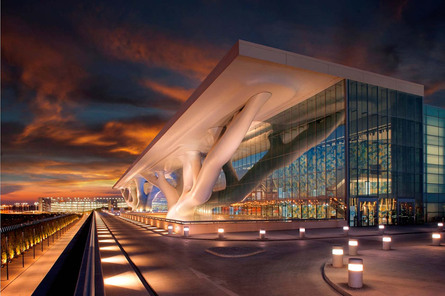 Less than a week till the start of COP18! The picture above is the Qatar National Convention Centre (QNCC) is where the UN Climate Change Conference is being held (from November 26 to December 7 of 2012). During this conference up to 12.5% of the energy needs per day will be provided by 3,500 square meters of solar paneling, which is part of the building’s design. These solar panels offset 1,140 tonnes of carbon emission annually!
For the full story visit http://thepeninsulaqatar.com/qatar/214321-qncc-to-harness-solar-energy-for-climate-meet.html
Picture from http://www.designboom.com/architecture/qatar-national-convention-centre-in-doha-by-arata-isozaki-and-rhwl-architects/
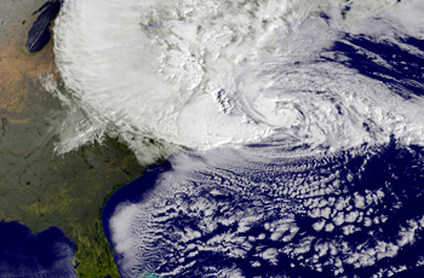 Here at Moravian, I have heard a lot more talk about climate change since Hurricane Sandy came through. The hurricane seemed to spark the interest in climate change back up. I was interested in what others were saying so I decided to check out some sites on the internet about climate change relating to Hurricane Sandy. There was a lot of stuff out there including a number of new articles saying how this hurricane brought climate change back into the Presidential Election and that a number of people are recognizing climate change as an issues once again. There were also sites more about the science behind the hurricane. The sources I looked at were not saying the climate change caused the hurricane but rather impacted how the storm acted and how bad it was. The sites pointed out how Sandy was affected by climate change with the melting of the glaciers and the oceans levels being higher as well as the water warmer. Also, in the little search that I did on Google, I came across an article, Political Feedback Loop on Climate Change Has Just Begun, which led me to 350.org. This site caught my attention. 350.org and Bill McKibben (I recognized his name, maybe you do too. He has done a lot of environmental writings from books to articles in the Orion magazine) are traveling around the US to spread the word about fossil fuels and climate change through tours that they say will include lectures and interactive experiences, which will “be unlike any talk you’ve been to before.”. They say “On November 7th, we’re hitting the road to jumpstart the next phase of the climate movement.” If you are interesting in checking out the site and seeing if they are coming to your area here is the link http://math.350.org/Here are some of the other articles I looked at: How much Climate Change was really in Hurricane Sandy: http://news.discovery.com/earth/sandy-and-the-record-arctic-sea-ice-melt-121102.htmlThe Science Behind Hurricane Sandy: http://stateimpact.npr.org/texas/2012/10/28/the-science-behind-hurricane-sandy-climate-change-or-freak-storm/Political Feedback Loop on Climate Change Has Just Begun: http://www.huffingtonpost.com/carol-pierson-holding/political-feedback-loop-o_b_2076870.html
Hi everyone! My name is Marla Bianca. I am very glad to be one of the
American Chemical Society’s (ACS) student representatives attending the 18th
annual Conference of Parties of the United Nations Framework Convention on
Climate Change in Doha, Qatar. Currently, I am attending Moravian College in
Bethlehem, Pennsylvania, as a senior Chemistry and Environmental Science double major.
I am from Reinholds Pennsylvania, which is a relatively small town a few miles outside of Ephrata. Ever since I can remember, I have loved the outdoors and just spending time in nature. I enjoy the beauty and science our environment holds. This is probably how I ended up as a science double major and that English was not my best subject in school.
This summer I had the opportunity to take part in a SOAR (Student Opportunities for Academic Research) project at Moravian College. I did research at the Lehigh Gap Superfund Site on the uptake of heavy metals in plants under the supervision of my advisor Dr. Husic. From her I found out about the chance to attend COP18. I remembered hearing about other students going previous years and blogging about their experience and thought that wow, this would be an amazing event to attend but never thought I would. But here we are and now and I will be attending the Global Climate Change Conference! I am very excited to have gotten the opportunity to go, thanks to Moravian College, ACS, and Dr. Husic. I hope to learn and see a lot. I have more of a scientific background on global climate change and I am interested in that as well as the differing political sides and politics which I know less about.
There are always skeptics but I am looking forward to seeing how different
organizations are going about showing and communicating that climate change is real. I hope to gain knowledge that I can share with others and maybe help get some more people to realize what a serious issue climate change is.
|
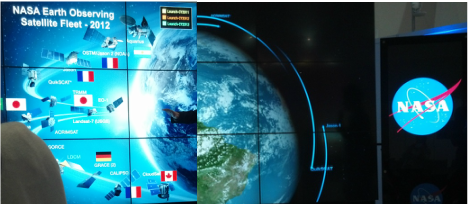
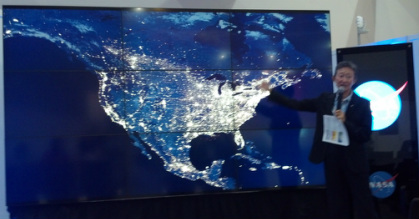
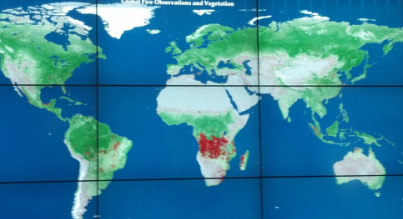
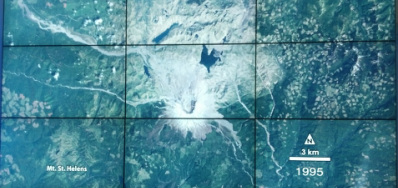
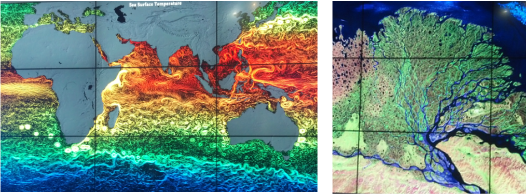
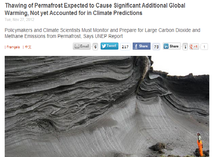
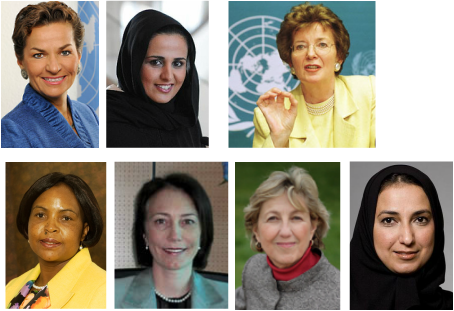


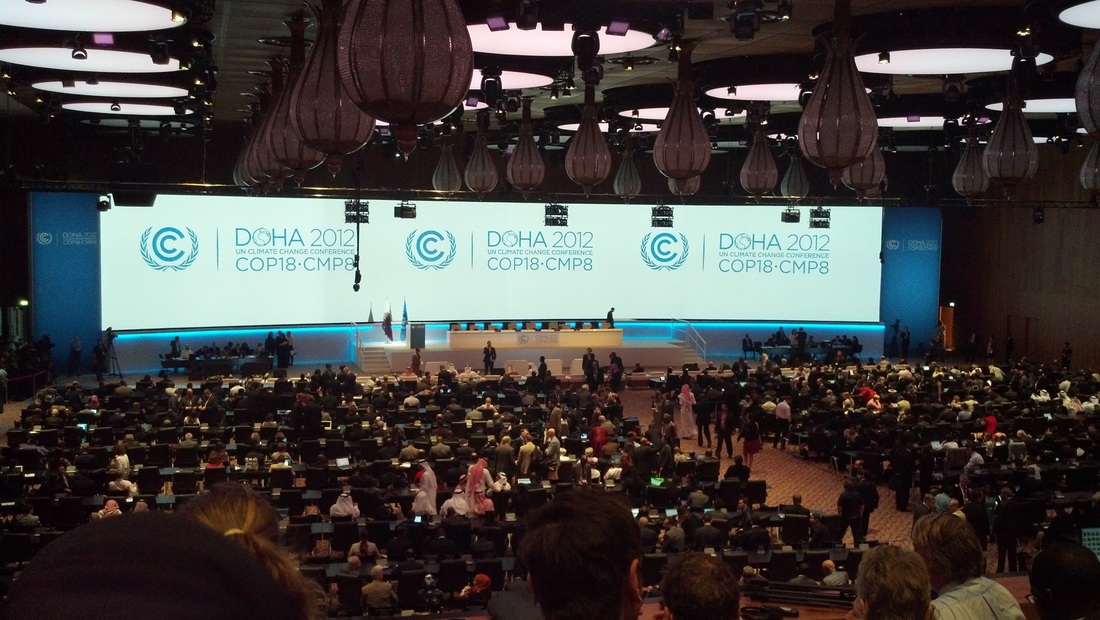
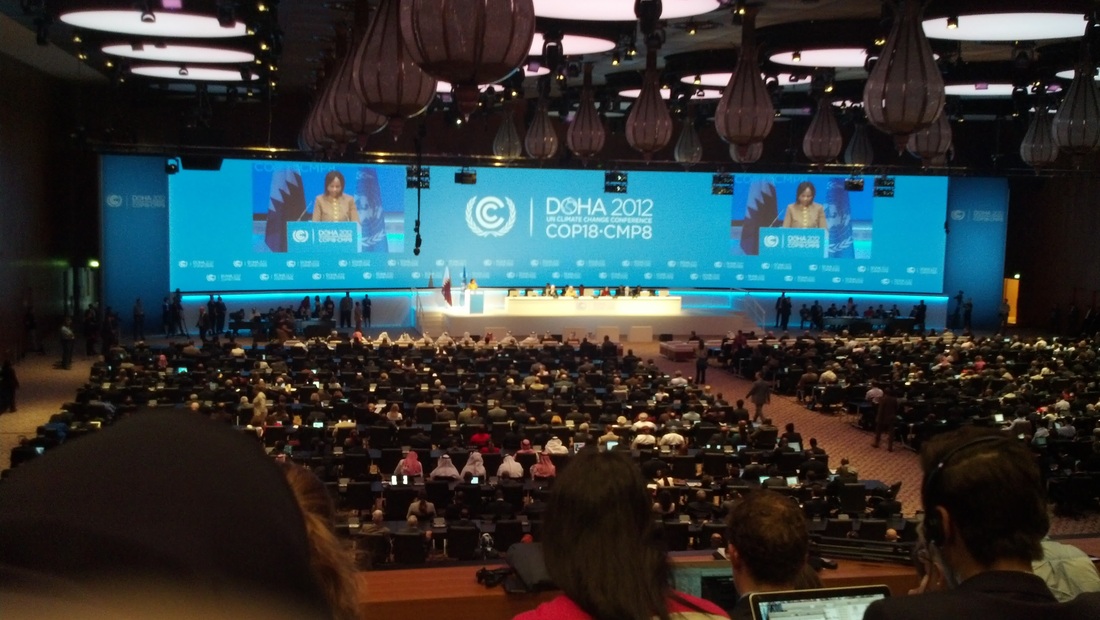
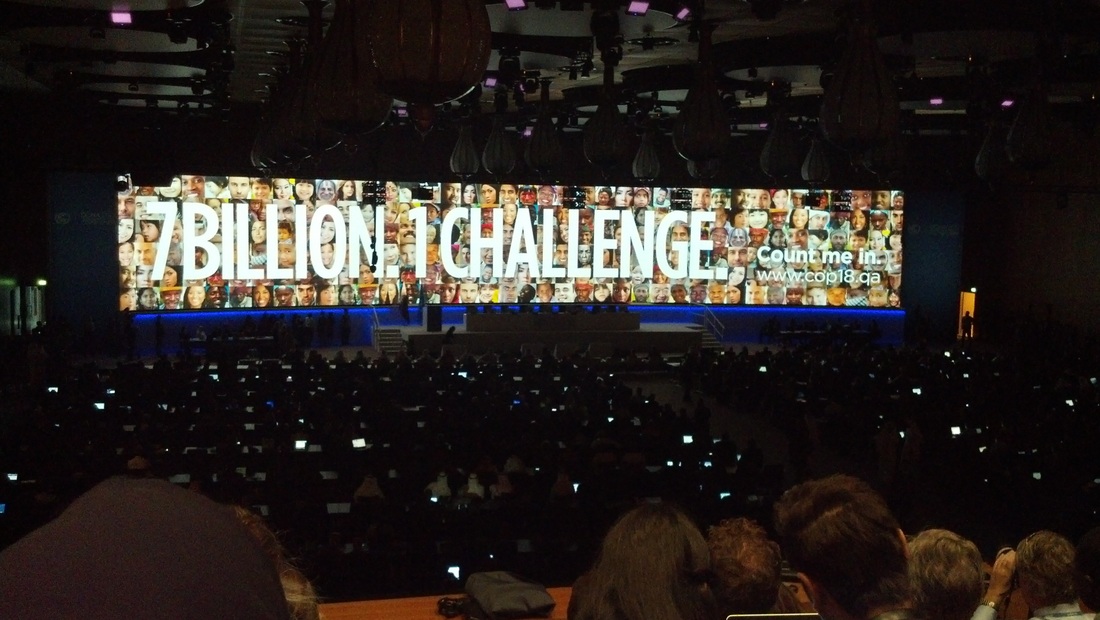


 RSS Feed
RSS Feed